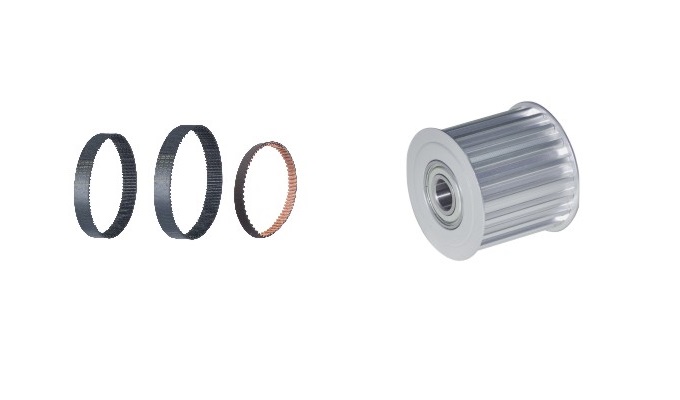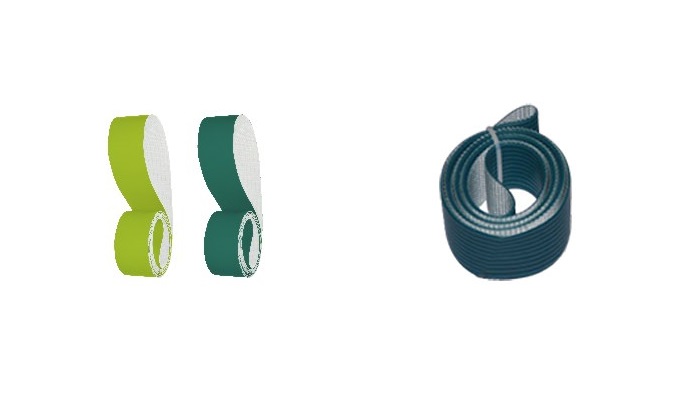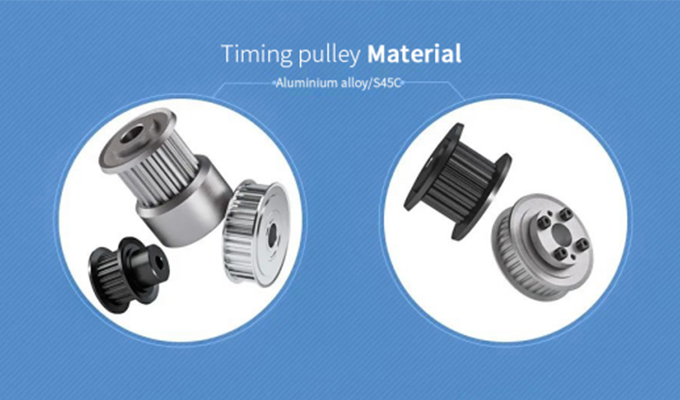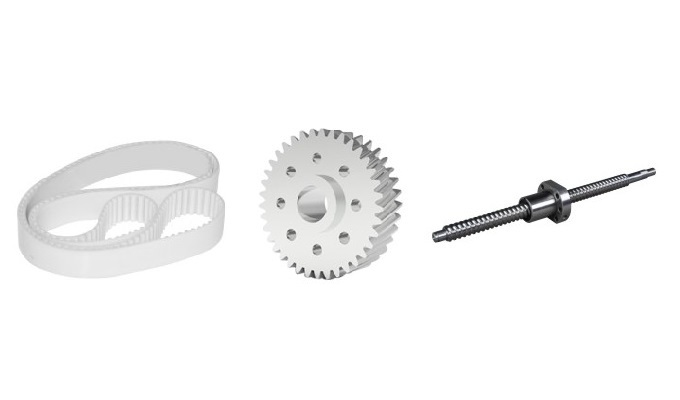I. Early Breakage of Timing Belt
1. Inadequate consideration of the inertia force of the idler and passive load.
2. Excessive load or stoppage of the idler due to unexpected accidents, significantly increasing the load force.
3. Undersized pulley causing forced bending of the belt.
Solution:
1. Improve the design.
2. Check the design and replace with a pulley having more teeth than the original minimum.
3. Exercise caution and diligence during handling, storage, and installation.

II. Edge Wear of Timing Belt
1. Misalignment of the pulley.
2. Insufficient bearing rigidity.
3. Deformation of the belt edge guard.
4. Pulley diameter smaller than the belt width.
Solution:
1. Correct the pulley positioning.
2. Increase bearing rigidity and secure firmly.
3. Rectify or replace the edge guard.
4. Review the design.

III. Tooth Surface Wear of Timing Belt
1. Excessive load.
2. Excessive belt tension.
3. Introduction of abrasive particles.
4. Rough tooth surface of the pulley.
Solution:
1. Improve the design.
2. Adjust belt tension.
3. Enhance environmental conditions, add protective covers.
4. Polish the pulley teeth or switch pulleys.

IV. Tooth Breakage of Timing Belt
1. Tooth skipping.
2. Increased load due to passive mechanical accidents.
Solution:
1. Check the design.
2. Adjust appropriate tension.
3. Increase pulley diameter, add teeth to improve engagement.
4. Eliminate passive mechanical faults.

V. Backing Wear and Cracking of Timing Belt
1. Obstruction of the rotation of the tensioner.
2. Misalignment of the tensioner.
3. Contact with the mechanical frame.
4. Prolonged exposure to low temperatures.
Solution:
1. Repair or replace tensioner bearings.
2. Correct the tensioner position.
3. Inspect and correct mechanical components.
4. Improve environmental temperature.

VI. Softening of the Backing
1. High temperature.
2. Tensioner idling.
3. Contamination with oil.
Solution:
1. Improve environmental temperature.
2. Check and adjust the tensioner.
3. Avoid oil contamination or switch to oil-resistant Timing belts.

VII. Longitudinal Cracking of the Belt
1. Timing belt running beyond the edge of the pulley.
2. Belt wrapping around the pulley flange.
Solution:
1. Adjust the pulley position.
2. Increase bearing rigidity and secure firmly.

VIII. Breakage of the Tensile Body
1. Incorrect timing belt installation and removal.
2. Introduction of foreign objects or sharp residues.
Solution:
1. Follow correct procedures for belt installation and removal.
2. Improve the environment and add protective covers.

IX. Excessive Noise During Operation
1. Excessive tension in the timing belt.
2. Misalignment between two shafts.
3. Timing belt width greater than pulley diameter.
4. Excessive load.
5. Poor engagement between timing belt and pulley.
Solution:
1. Reduce tension (without tooth skipping).
2. Adjust pulley alignment.
3. Improve the design.
4. Check the engagement between Timing belt and pulley.

X. Pulley Tooth Wear
1. Excessive load.
2. Excessive tension in the Timing belt.
3. Poor-quality material of the pulley.
4. Introduction of abrasive dust.
Solution:
1. Improve the design.
2. Reduce tension.
3. Use high-hardness material for the pulley, surface hardening treatment.
4. Improve the environment, add protective covers.






